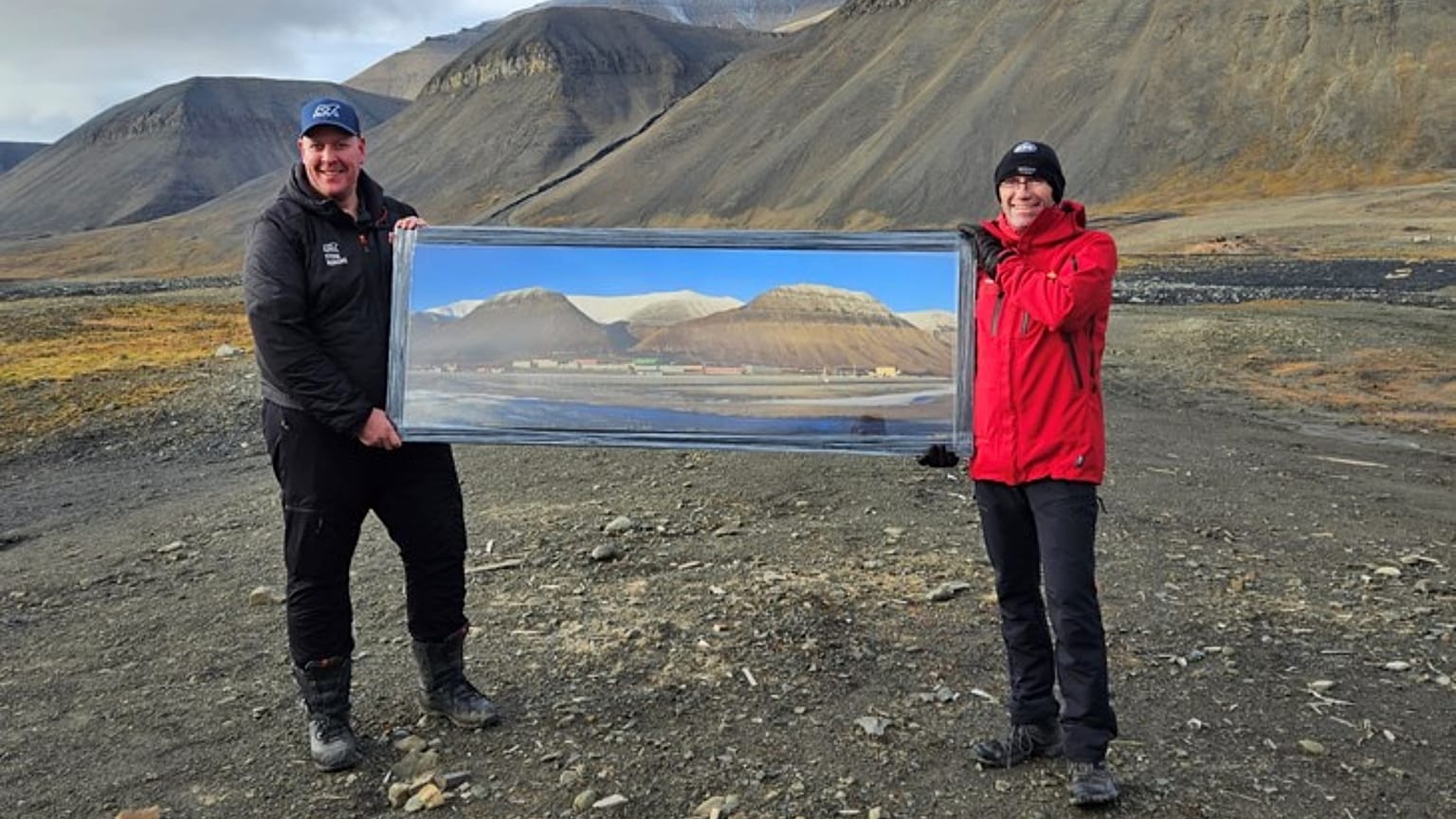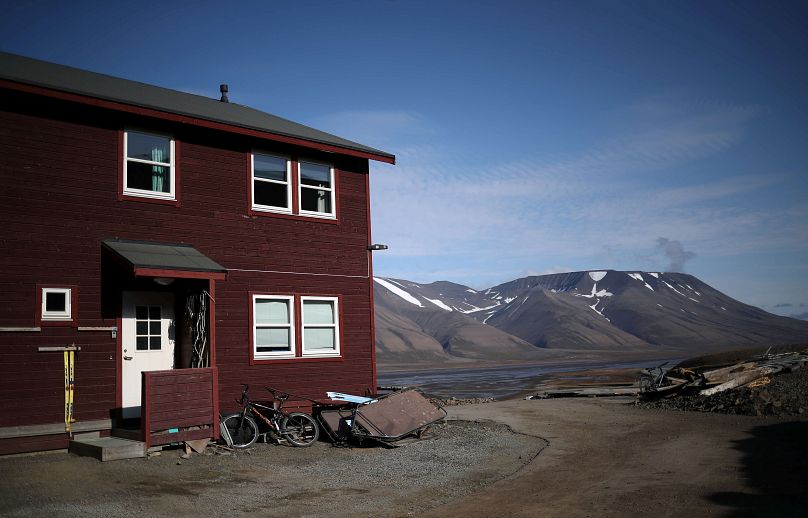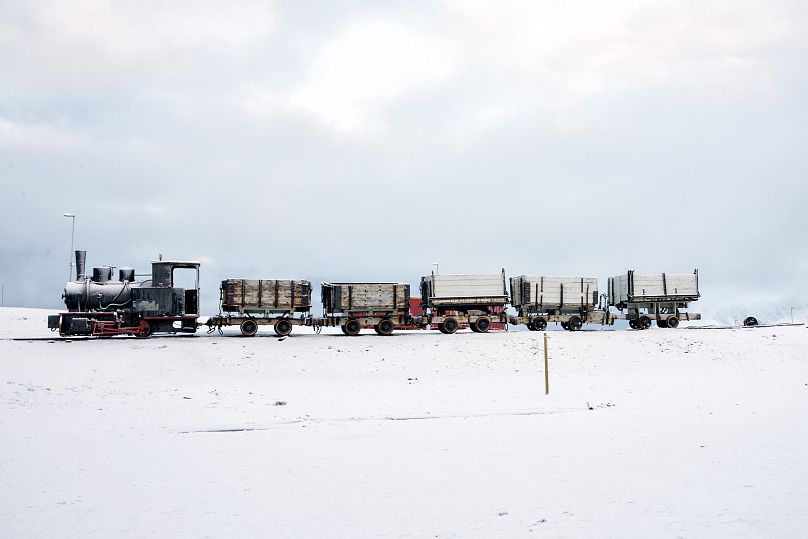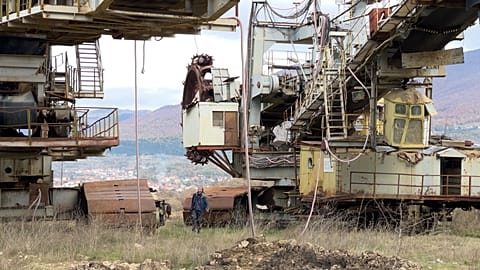The Svea mine produced millions of tonnes of coal in its lifetime but now it is being taken back by nature.
An Arctic mining site in Norway is being returned to nature in one of the country’s biggest-ever natural restoration projects.
Svea mine, a 40-minute helicopter ride from Svalbard’s main town of Longyearbyen, produced 34 million metric tonnes of coal in its lifetime. Opened in 1917, thousands of people worked there at its peak with a canteen, airfield, power plant and workshop built on the site.
It officially closed 100 years later and now its overgrown railway tracks lead nowhere.
Little is left of the more than 100 buildings that once stood on the site with only the most historically important structures preserved.
How much has restoring Svea cost?
“We are committed to preserving as much as we can of the wilderness nature of Svalbard,” says Norway's former environment minister Espen Barth Eide.
“And when we have used an area for industrial activities and do not use it any longer, we think that these days we need to try to restore back to nature the area as it originally was.”
Svea has been returned to its natural state at a cost of around 1.6 billion Norwegian kroner (€1.35 million). It is the country’s largest-ever natural restoration project.
"The concept is to try to let nature take it back," Hagen Johansen, head of the Norwegian Directorate for Cultural Heritage, told AFP.
"That means to let creeks run freely. To make sure that avalanches do happen, because that will transport more sediment down and it will make new creeks."
The part of the Barents Sea where the Svalbard archipelago is located is warming up to seven times faster than the rest of the planet, according to a study published last year.
Svalbard is closing its coal mines
The Arctic archipelago is slowly ridding itself of its involvement in the fossil fuel industry. Seven more mines in the hills of Longyearbyen have all but closed with the last due to shut in 2025.
The town also disconnected its coal power station earlier this month in preparation for a transition to renewables.
Svalbard’s economy is hoping to rely on tourism and scientific research instead.
While some support the change, others are more sceptical about the region turning a page on its mining past.
“How green is Norway? Well, it's nowhere near as green as it thinks it is,” Andrew Hodson, a glaciologist based in Svalbard told AFP.
“It's selling climate, well it’s selling oil to the rest of the world while running oil platforms on renewable energies. It's laughable.”
Is there still coal mining in Svalbard?
Barentsburg, a Russian mining community with just under 500 Russians and Ukrainians, most of them from the Donbas region, will soon be the only place where coal is mined on the archipelago.
An international treaty that recognises Norway's sovereignty over Svalbard means all signatories are entitled to equally exploit the region’s resources.
Some observers - and Russia itself - say strict environmental protections introduced in the region are at least partly aimed at limiting this. About two-thirds of Svalbard’s land is protected in one way or another.
It's impossible to know whether such considerations played into Oslo's decision to restore the Svea mine at great cost, Mats Kirkebirkeland of Norwegian think tank Civita tells AFP.
"But there's no denying that some of the Norwegian environmental policies and the geostrategic policies on Svalbard are aligned."




















